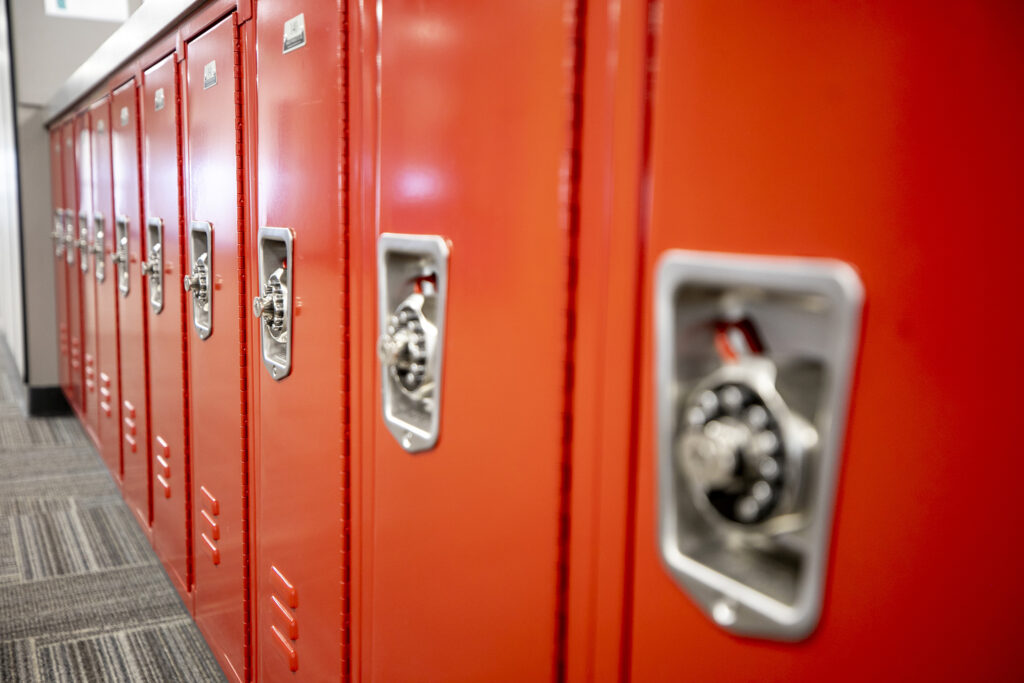This story is first published Written by Chalkbeat. To sign up for our newsletter, ckbe.at/Newsletter.
Written by Jason Gonzalez, Colorado Chalkbeat
Colorado's proposed $40.6 billion budget for next year, announced Tuesday, is aimed at giving a big boost to the state's K-12 schools and colleges.
Next year, K-12 funding is expected to increase by about 7% to about $9.7 billion. Average spending per student next year will increase by about 7%, or $780, to $11,450.
Funding for higher education will increase even more significantly, to 10%. But the total amount of state funding going to universities (about $1.6 billion next year under the proposal) is far less than the money earmarked for K-12 schools.
For the first time since 2009, the budget proposes to “fully fund” K-12 schools, eliminating the tactic of withholding education funds to pay for other priorities. The end of so-called budget stabilizers marks a turning point for states and schools.
The budget was developed by a six-member powerful Joint Budget Committee, starting with recommendations issued by Gov. Jared Polis in November. Budget committees have re-prioritized education in a budget that also includes increased Medicaid reimbursement and increased funding for state employees.
The proposal's introduction begins a lengthy debate in the House and Senate over budget amendments. Budget committee members typically reject most amendments from their fellow lawmakers before sending them back to lawmakers for final approval.
Members of the Joint Budget Committee, facing challenges over this year's budget due to an unexpected $170 million shortfall, held a marathon session last week to cut some priorities.
Budget authors slashed the budget and used one-time revenue to fill holes, but kept K-12 spending at a much higher level than Polis' November budget proposal called for. were able to provide funding for higher education.
Fully Funding K-12 Education
Colorado lawmakers are required to continually adjust school funding based on inflation and growth in the state's student population. But for years, states have withheld money that should go to schools through budget stabilization factors — more than $10 billion since 2009.
Lawmakers say they don't want to continue siphoning funding from schools. They hope to fulfill their obligations from now on. But even without withholding funds from schools, the state's education funding next year would still fund schools at 1989 levels, adjusted for inflation.
Still, many school funding advocates believe this year's proposal is a step in the right direction for the state, even as they seek more funding in the future.
The budget also fully funds the state's Healthy School Lunch Program. The program, a new program that provides free school meals to all students, is facing funding shortfalls as more children than expected are taking part. It would spend $56.1 million to ensure the state doesn't have to make cuts to the program.
Lawmakers will use general funds to cover $15.1 million of the program's cost next year. The rest will come from taxes earmarked for the program.
Colorado will also fully fund state-chartered charter schools at the same level as other schools, totaling $49.2 million in spending. Unlike district-chartered charter schools, state-chartered charter schools are not required to receive a portion of locally collected taxes.
Along with the budget, committee members also plan to introduce another bill that would provide $24 million this year to newly arrived immigrant students. Colorado schools are struggling with an influx of new students, and the bill calls for more funding for school districts to educate students who enroll after funding stops on Oct. 1.
Meanwhile, a separate school finance bill introduced Friday that outlines education spending adds a new formula for funding local schools. In past years, lawmakers have used one-time allocations to direct more money to localities.
The school finance law and budget are the only bills lawmakers must pass before they adjourn in May.
Next year, a new permanent current factor will add $32.7 million next year to total education funding allocated based on student enrollment in local districts, defined as districts with fewer than 6,500 students. Become.
However, the School Finance Act does not make any major changes to the school finance method. Advocates are calling on lawmakers to overhaul the state's school funding system. Earlier this year, they received a recommendation calling for about $500 million a year to be spent on overhauling the formula.
The recommendations call for the system changes to be phased in, especially given that lawmakers are proposing to draw down next year's reserves to pay for increased K-12 education costs. And then it's a huge amount of money for the state. So far, no bills have been introduced that would change the state's education funding structure.
The School Finance Act also determines how states calculate which students are considered “at-risk,” meaning students who live in poverty and face other challenges outside of school. changes will be put on hold. School districts receive more funding to educate at-risk students.
The state uses U.S. Census data on local poverty, as well as socioeconomic factors such as eligibility for Medicaid, food stamps, and other government aid, to determine how many students in a district are at the top end of the spectrum. We were considering introducing a new calculation formula this fall. danger.
Instead, the school finance bill would push the use of the new calculation into the 2025-26 budget year.
Lawmakers invest heavily in universities
Members of the Joint Budget Committee put their decision on the higher education budget on hold for several weeks to see if funding could be increased significantly beyond Polis' $48.2 million recommendation. The proposal would nearly triple that amount.
Lawmakers plan to set aside an additional $139.4 million next year for university operations and student financial aid, with $114.3 million going to operations and $25.1 million for student financial aid.


